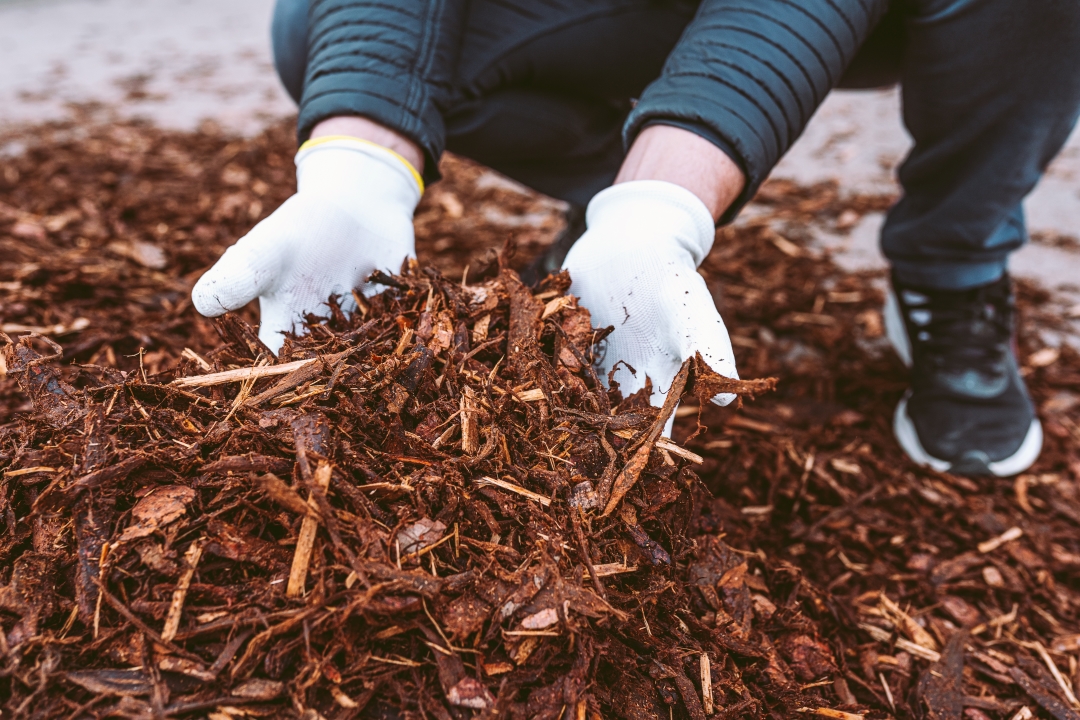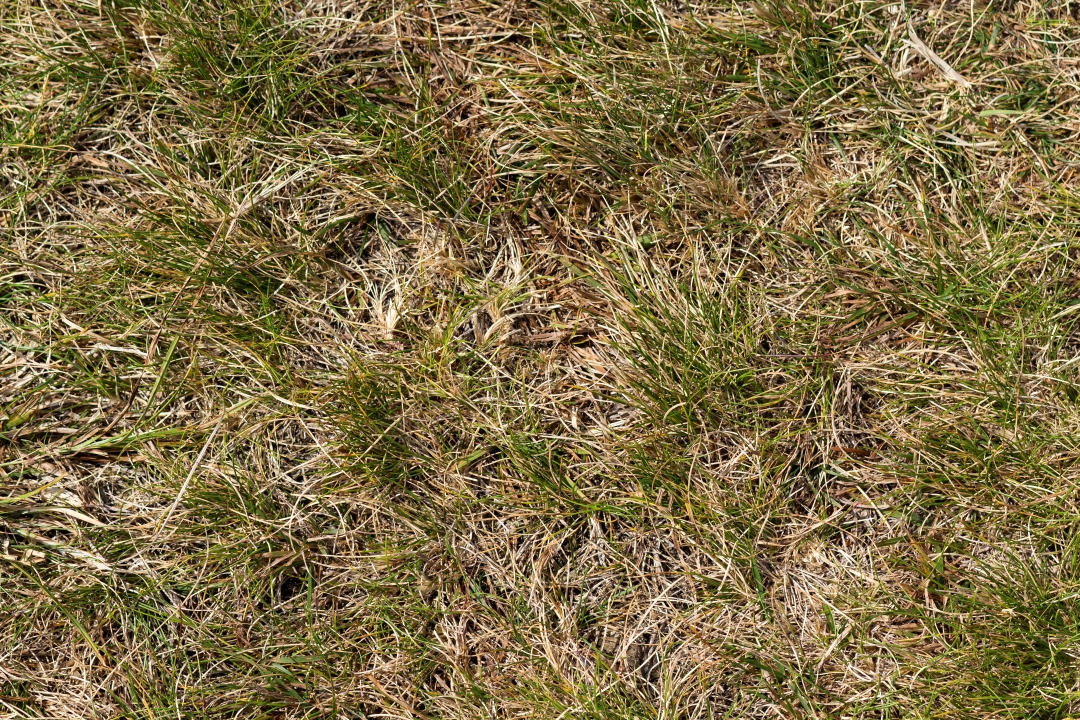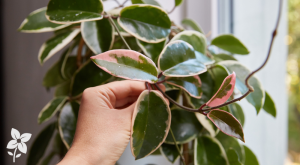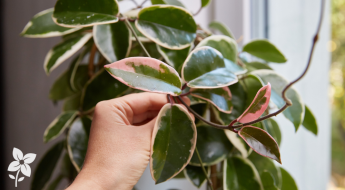
Watering your yard may seem straightforward, but there’s a bit of an art and science to doing it right. Proper watering can make all the difference in maintaining a lush, healthy garden. Here’s a comprehensive guide to watering your yard.
Understanding Your Yard's Needs
Before diving into the specifics of watering, it’s essential to understand the unique needs of your yard. Factors such as soil type, plant species, and local climate (like our Zone 4a) play a significant role in determining how much water your yard needs.
- Soil Type: Sandy soils drain quickly and may require more frequent watering, while clay soils retain moisture longer and need less frequent watering.
- Plant Species: Different plants have different water needs. For instance, lawns and annuals typically need more water than established trees and shrubs.
- Climate: In our Zone 4a, we experience varied weather conditions. Adjust your watering schedule according to the season and rainfall patterns.
Best Time to Water
The timing of your watering can greatly affect your yard’s health. The best time to water your yard is early in the morning. Here’s why:
- Cooler Temperatures: Early morning watering reduces evaporation, ensuring more water reaches the roots.
- Disease Prevention: Watering in the evening can leave plants wet overnight, encouraging fungal growth and diseases.
- Efficient Absorption: Plants are better able to absorb water during the cooler morning hours, promoting healthier growth.
How Much to Water
Overwatering and underwatering are common issues that can stress your plants. Here are some guidelines to help you determine the right amount of water:
- Lawns: Aim for about 2.5 cm (1 inch) of water per week, including rainfall. This usually means watering deeply once or twice a week.
- Flower Beds: Flowering plants typically need about 2-3 cm (1 inch) of water per week. Adjust based on the specific needs of each plant.
- Trees and Shrubs: Newly planted trees and shrubs need regular watering for the first couple of years. Established trees require less frequent but deep watering.
Watering Techniques
Effective watering techniques can ensure your yard stays hydrated without wasting water. Here are some methods to consider:
- Drip Irrigation: Drip systems deliver water directly to the plant roots, minimizing evaporation and runoff. They’re ideal for flower beds, vegetable gardens, and newly planted trees.
- Soaker Hoses: These hoses release water slowly along their length, providing even moisture to the soil. They’re excellent for garden beds and rows of shrubs.
- Sprinklers: Oscillating or rotary sprinklers work well for lawns and larger areas. Ensure they’re adjusted to avoid watering sidewalks and driveways.
- Hand Watering: Use a watering can or hose with a nozzle for precision. This method is perfect for potted plants, small garden beds, and newly planted areas.

Water Conservation Tips
Being mindful of water usage not only helps the environment but also keeps your water bills in check. Here are some conservation tips:
- Mulching: Apply mulch around plants to retain soil moisture, reduce evaporation, and suppress weeds.
- Rain Barrels: Collect rainwater from your roof to use for watering your yard. It’s a sustainable and cost-effective way to keep your plants hydrated.
- Soil Improvement: Incorporate organic matter into your soil to improve its water-holding capacity and reduce the need for frequent watering.
- Efficient Equipment: Use water-efficient irrigation systems and check for leaks regularly to prevent water waste.
Efficient watering not only keeps plants healthy but also reduces unnecessary runoff and garden waste, helping you make the most of every drop while keeping your landscape thriving.

Signs of Overwatering and Underwatering
Knowing the signs of overwatering and underwatering can help you adjust your watering practices:
- Overwatering: Symptoms include yellowing leaves, wilting despite wet soil, and fungal growth. Ensure your soil drains well and avoid watering too frequently.
- Underwatering: Symptoms include dry, crispy leaves, slow growth, and soil pulling away from the edges of pots. Water deeply and consistently to prevent dehydration.

Watering your yard effectively is crucial for maintaining a healthy, vibrant garden. By understanding your yard’s needs, watering at the right time, using efficient techniques, and conserving water, you can create a thriving outdoor space. Happy gardening, and may your yard flourish with every drop!















